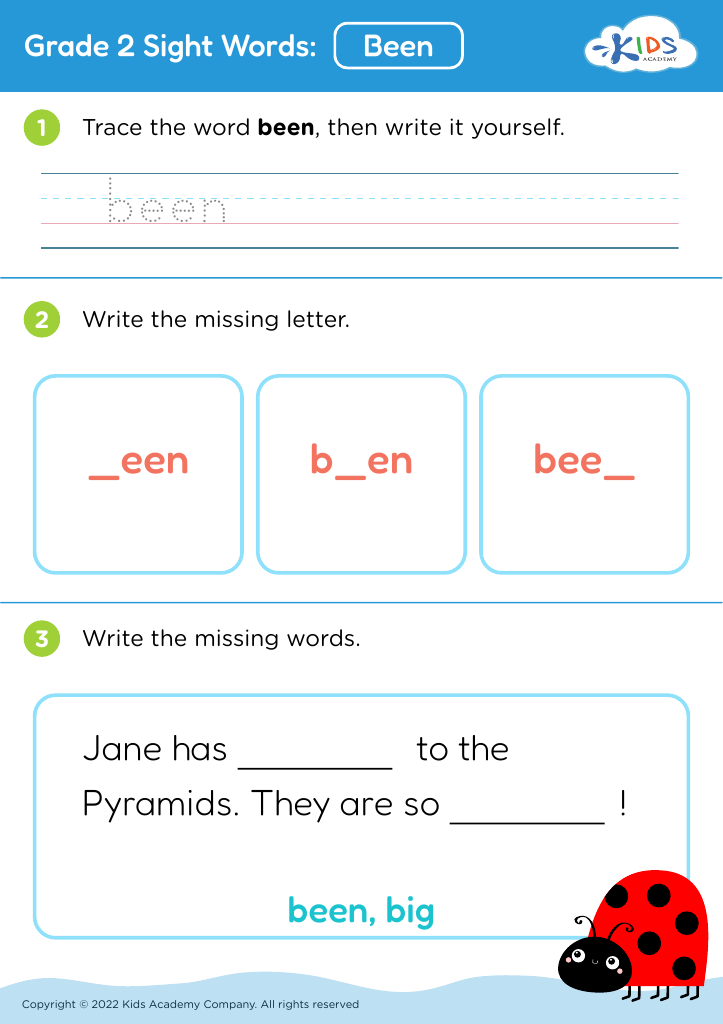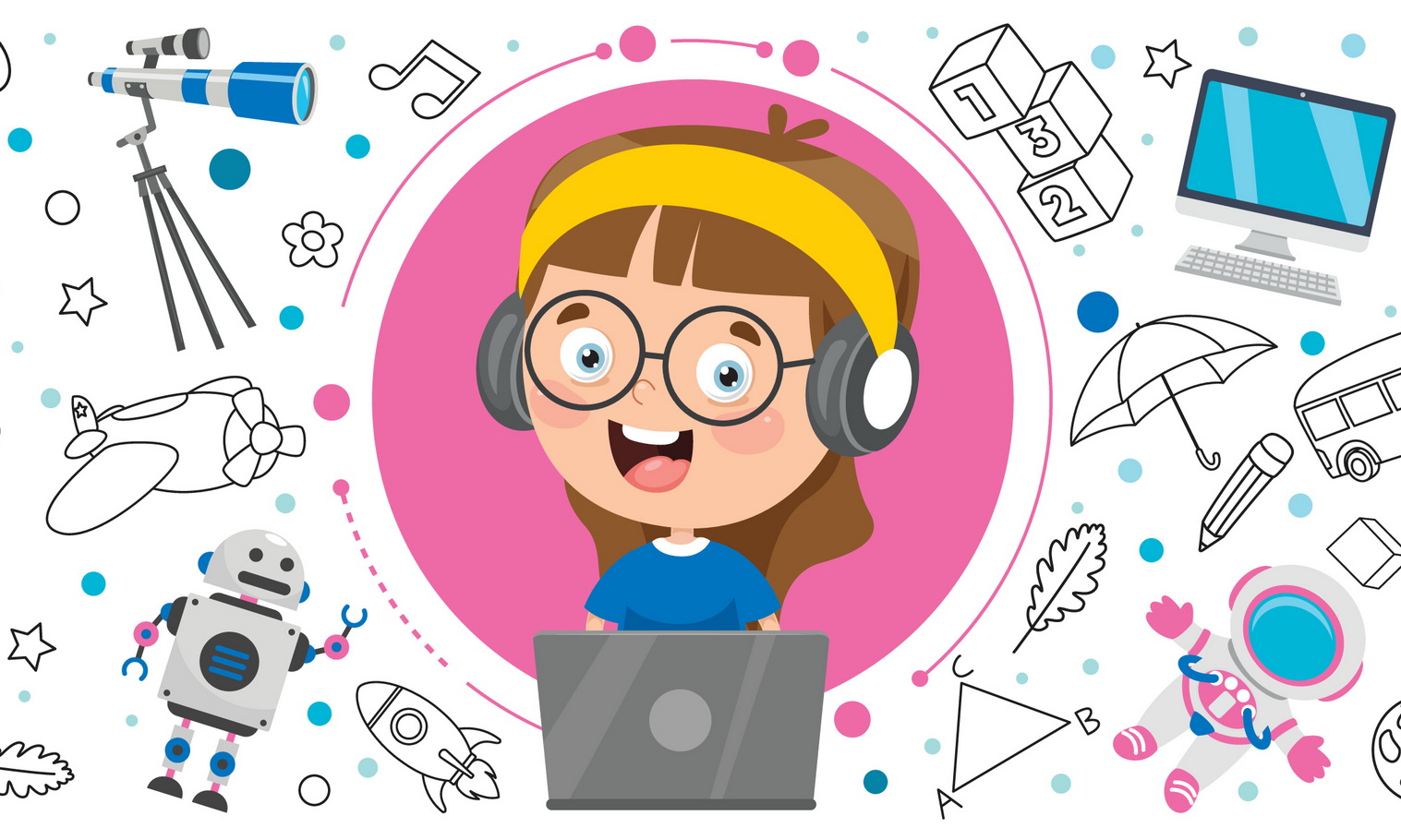Understanding sequencing Worksheets for Ages 7-9
10 filtered results
-
From - To
Unlock the power of sequencing with our engaging worksheets designed for children aged 7-9! Sequencing is a vital skill that enhances reading comprehension, logical thinking, and storytelling abilities. Our collection of fun and interactive worksheets helps young learners grasp the concept of order in stories, events, and everyday activities. Each worksheet features appealing illustrations and age-appropriate tasks that make learning enjoyable. As children practice arranging sequences, they'll sharpen their critical thinking skills and boost their creativity. Perfect for classroom use or at-home learning, our understanding sequencing worksheets empower children to connect thoughts and ideas effectively. Start exploring today and build a strong foundation!


Sequence: A Day at the Park Worksheet
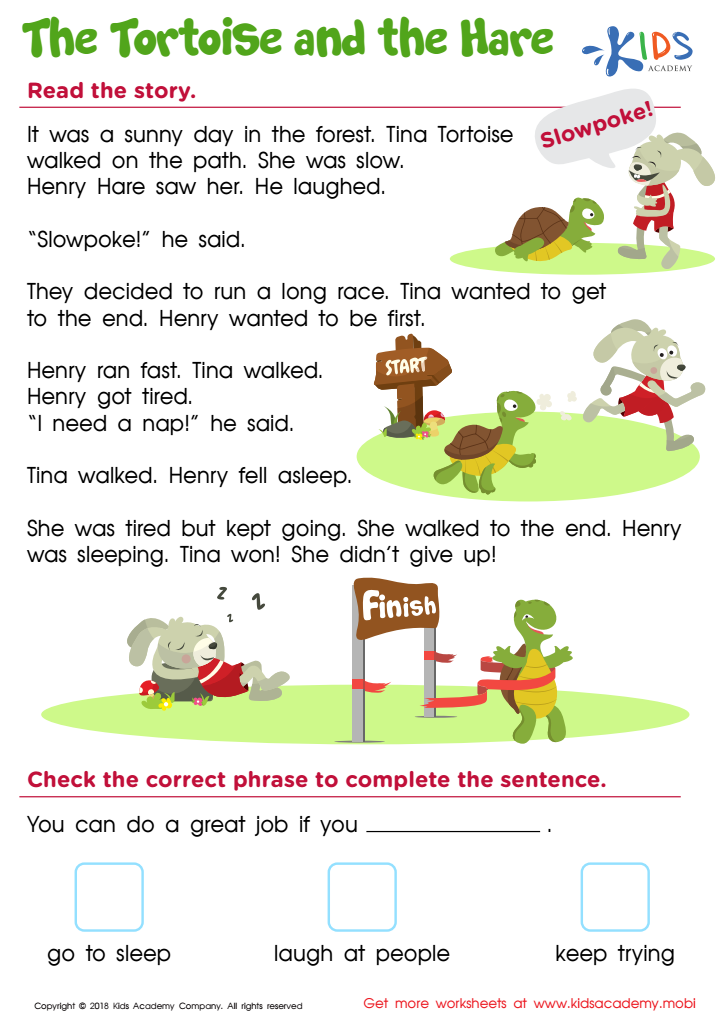

The Tortoise and the Hare Worksheet
Understanding sequencing is crucial for children aged 7-9 as it plays a fundamental role in their cognitive development and academic success. At this age, children are beginning to engage with more complex narratives and problem-solving tasks, making their ability to recognize and follow sequences pivotal for comprehension.
First, sequencing helps enhance reading skills. When children grasp the structure of stories—beginning, middle, and end—they can better anticipate events and understand character development. This skill also aids in summarizing texts and discussing them with peers, fostering stronger communication skills.
Second, sequencing is essential in math, where students learn to solve problems step by step. Understanding patterns and order in operations equips them to tackle more advanced concepts in later grades, such as algebra and geometry.
Furthermore, sequencing nurtures logical thinking and planning abilities. Children learn to organize their thoughts and actions, making it easier to work collaboratively on projects or follow multi-step directions.
Overall, recognizing the importance of sequencing empowers parents and teachers to create learning environments that support structured thinking, improve academic performance, and build confidence in children. By emphasizing sequencing, adults can enrich a child's educational experience and foundation for lifelong learning.
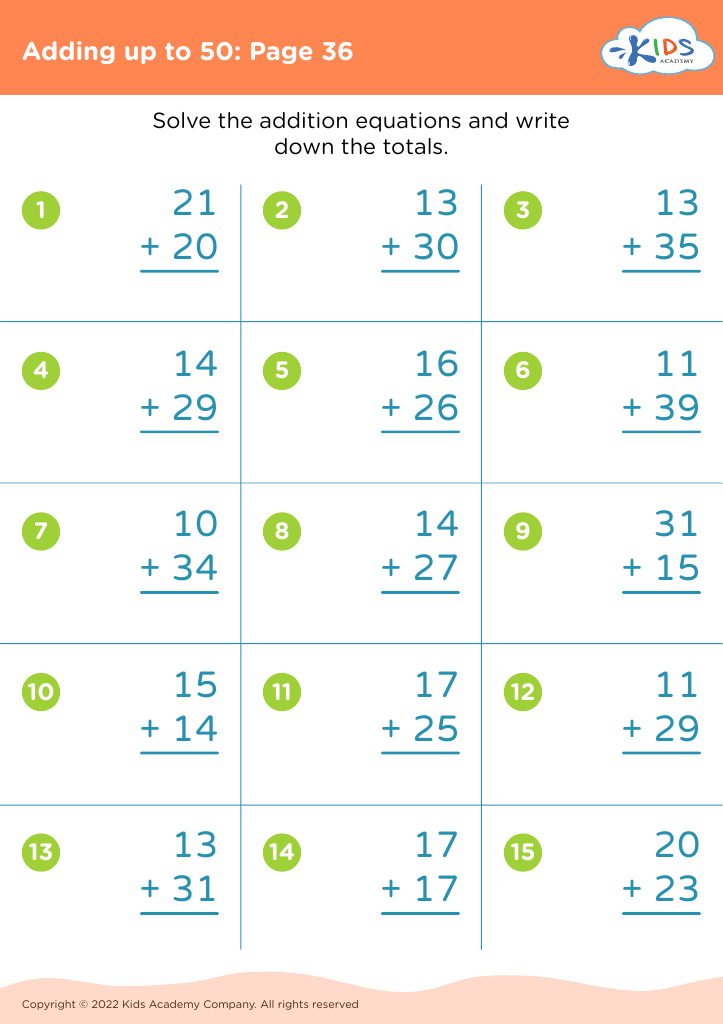

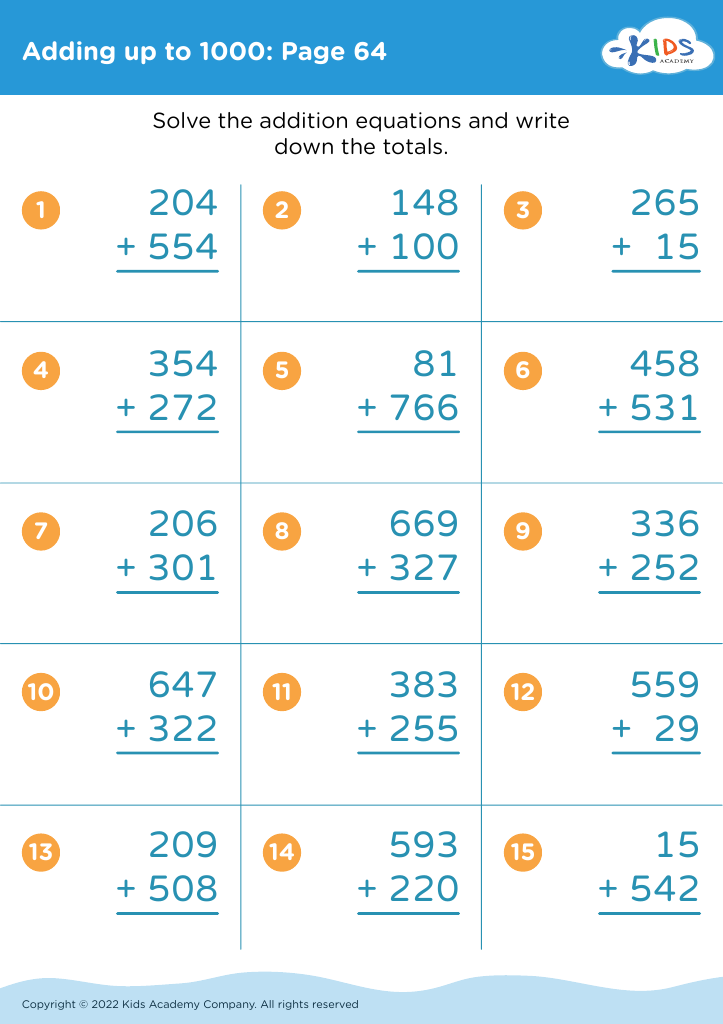

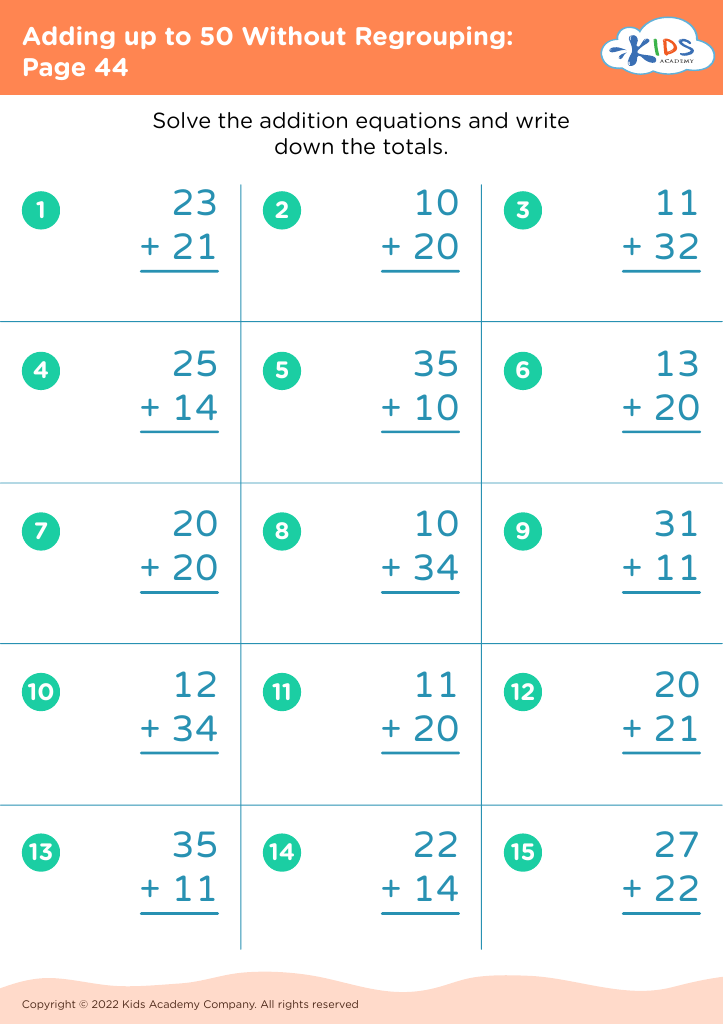
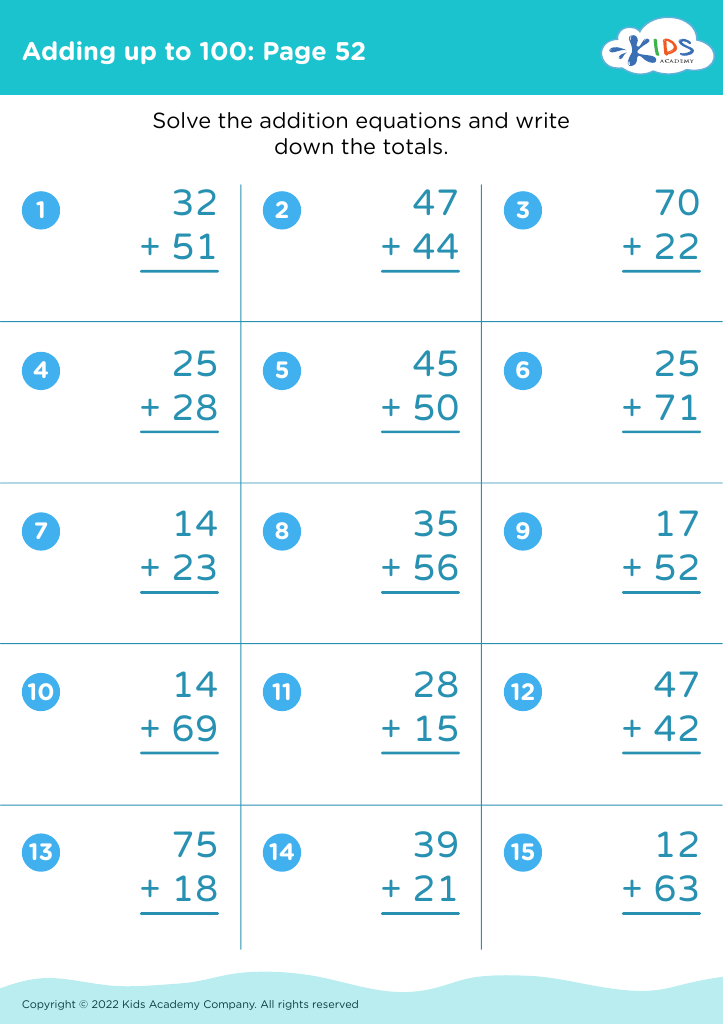

 Assign to My Students
Assign to My Students



